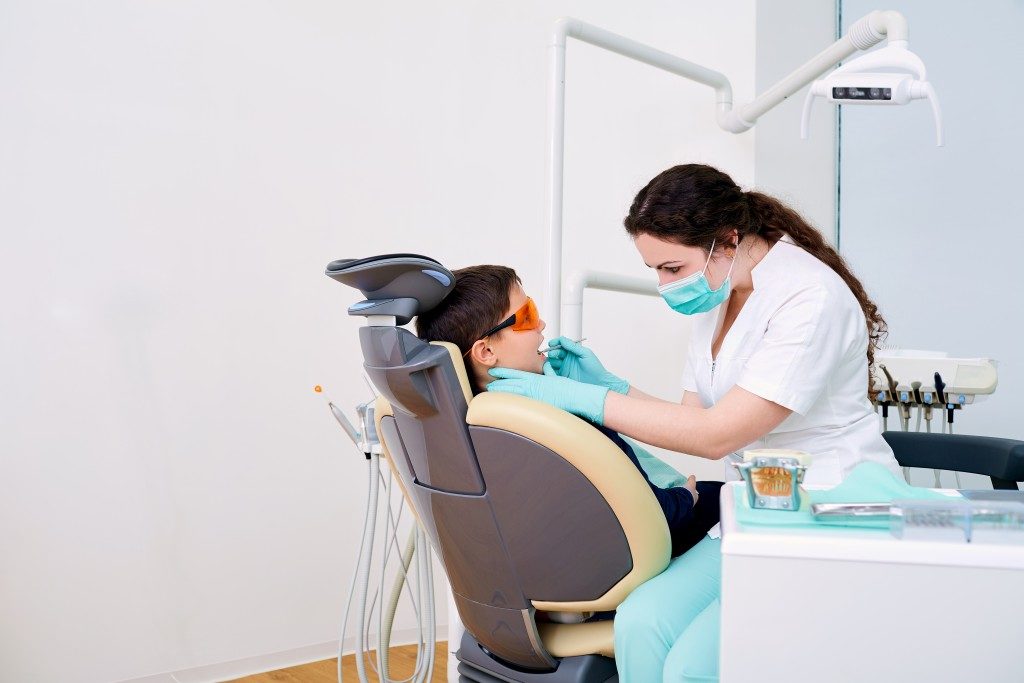Most of us want to achieve the perfect smile and orthodontics can help with this. Orthodontics is the branch of dentistry that deals with correcting irregularities in the teeth and jaws. Having patients wear appliances specially made for their condition is the usual treatment for orthodontic patients. Here are some of the common orthodontic applications and what they are used for.
Braces
Orthodontic cases, widely known as braces, might be one of the most popular orthodontic applications. They are commonly applied as brackets directly bonded to the teeth and connected by an archwire, and are used to straighten teeth that might be overlapping, overcrowded, or crooked. Orthodontists usually offer braces in different types and materials. Clear aligners, which are a less intrusive, less visible alternative to braces, are gaining traction among orthodontic patients.
Elastics
These appliances typically come in the form of specialized rubber bands. Elastics are mainly applied to help improve the fit of the patient’s bite and are customarily worn with braces. Since braces could only straighten the teeth,they could not fully correct bite problems unless used with elastics. Elastics correct the bite by controlling the movement of teeth and initial discomfort would be inevitable when wearing them. When elastics are worn as prescribed, the discomfort would eventually diminish.
Headgear and Reverse headgear
Overbites and underbites (collectively known as malocclusion) can also be corrected by another type of orthodontic cases which are worn as headgear. Overbites occur when the upper jaw is forward of the lower jaw. What an orthodontic headgear does is it gradually and gently pulls on the teeth to restrict the upper teeth and jaw from growing even more forward.
In the case of underbites, where the lower jaw is forward of the upper jaw, a reverse headgear would be used. This is a variation of the orthodontic headgear which slowly pulls on the upper teeth and jaw, but in a way that makes it grow forward instead of restricting it. Both types of orthodontic headgear can be used with other appliances, like expanders and braces.
Expanders

To prevent teeth from crowding, orthodontists apply palatal expanders on the upper palate (commonly known as the roof of the mouth). Palatal expander widen the upper jaw through the application of gentle but constant pressure on the upper molars. Expanders need to be adjusted regularly until the teeth have been fully corrected. Even then, patients may still be required to wear them for several months to establish the palate expansion and prevent the teeth from regressing.
Retainers
Once the teeth have been straightened as a result of wearing braces, patients move on to wearing retainers. Dental retainers are meant to keep your teeth in their new positions and prevent them from regressing into their old misalignment. There are different types of retainers available, with most of them being either removable or fixed.
Most orthodontic appliances can be expensive and uncomfortable to wear. To avoid dental imperfections that would require us to wear these appliances, it is important to maintain healthy dental habits and good oral hygiene.

